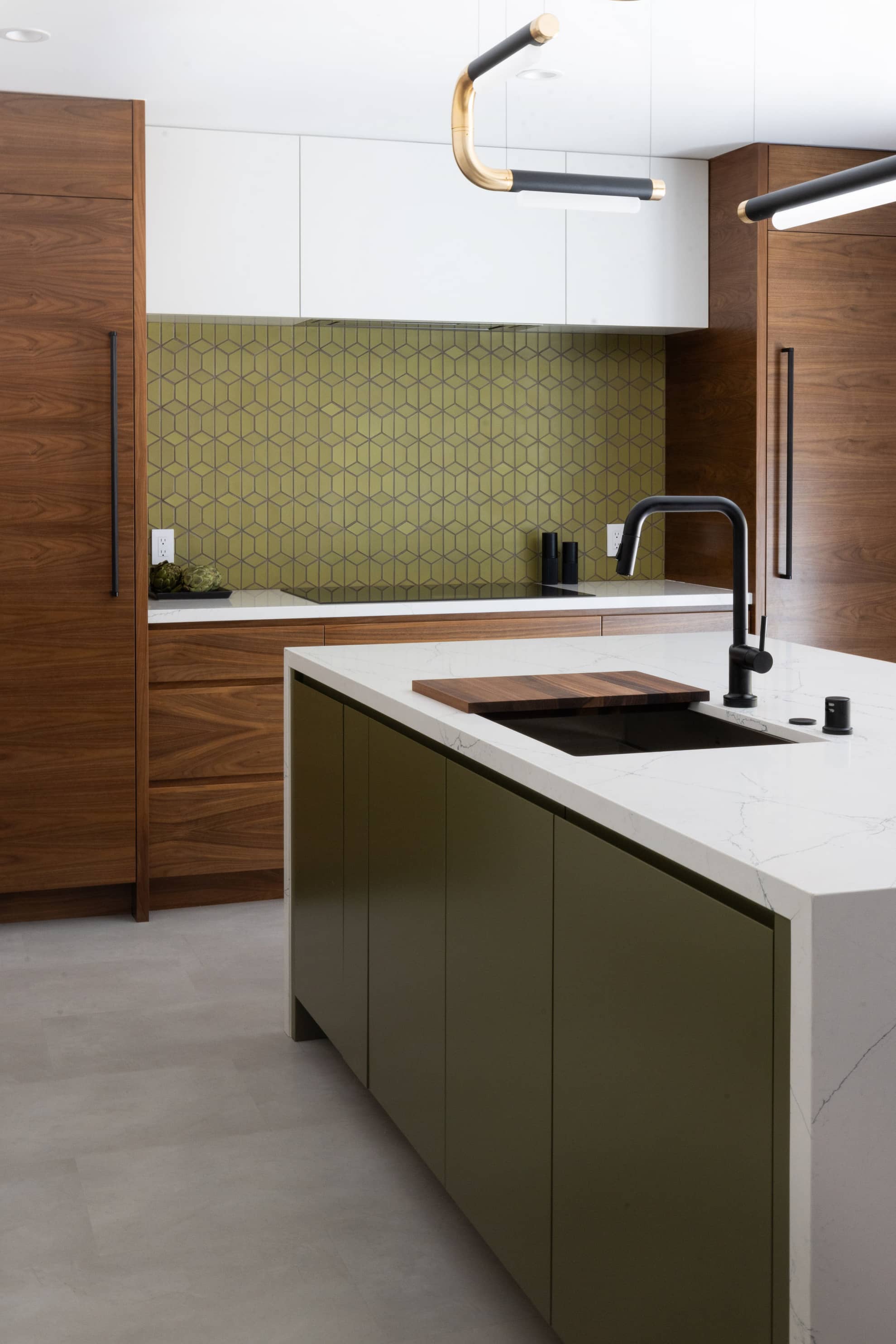Dining rooms aren’t just for dinner anymore. In today’s homes, these spaces are evolving into flexible, multifunctional zones that serve as a hub for everything from family meals to Zoom calls, study sessions, creative projects, and casual hangouts. The modern dining area has to do it all — and look good doing it.
The challenge? Balancing form and function so your dining area still feels like a place to gather, not a makeshift office. The key is layering versatility into every design decision — from furniture and lighting to storage and finishes — so the space transitions effortlessly between roles.
Here’s how to design a multipurpose dining room that works beautifully no matter what the day brings.
1. Start with Flexible Furniture
The foundation of a multifunctional dining area is flexible, high-quality furniture. Think pieces that work hard, look elegant, and adapt easily as needs change throughout the day.
Start with the dining table — the star of the room. Choose a sturdy, extendable design that can expand for dinner parties or contract for day-to-day use. Round or oval tables work especially well in smaller spaces, creating flow and visual softness. If your dining area doubles as a workspace, look for a table with enough depth to accommodate a laptop and paperwork without feeling cramped.
For seating, flexibility is key. Lightweight, stackable, or moveable chairs let you adjust the layout in minutes. If space allows, a built-in or freestanding dining bench adds a relaxed, café-style feel — and when fitted with hidden storage, it becomes the perfect spot to stow away tech gear or kids’ craft supplies.
Design tip: If you frequently host guests or meetings, mix chair styles — like upholstered armchairs at the ends and sleek side chairs along the table — to balance comfort and flexibility.
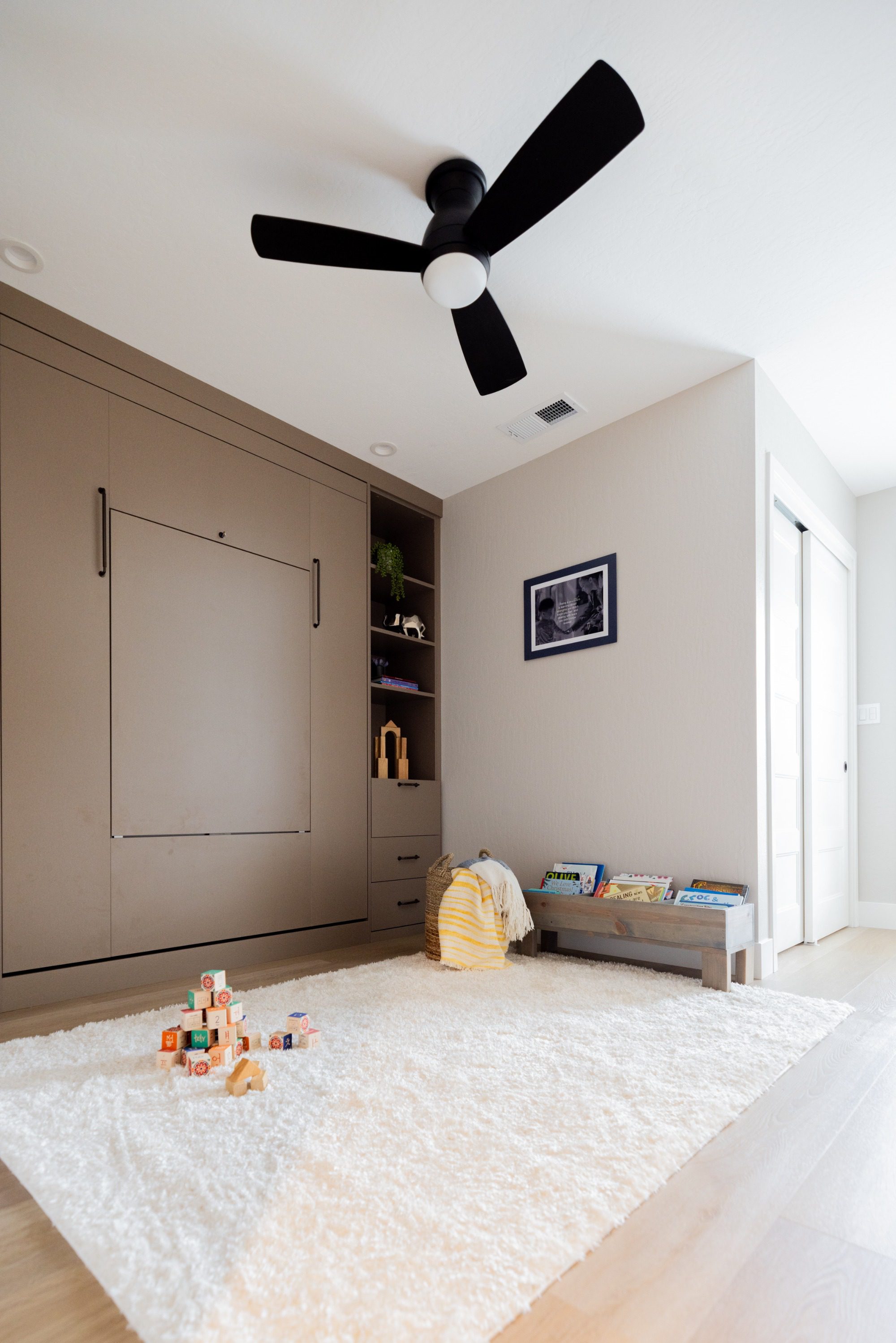
2. Create Subtle Zones
In open-concept homes, the dining area often flows directly into the kitchen or living room. That’s why visual zoning makes such a difference. Defining subtle boundaries helps the space feel grounded and intentional — not like a catch-all area.
Start from the ground up: a large area rug beneath the table can anchor the dining zone and instantly distinguish it from adjacent spaces. Above, a pendant or chandelier centered over the table reinforces that sense of place.
To carve out a secondary zone for working or studying, use furniture placement strategically. A slim console table or sideboard along one wall can serve as a part-time workstation. Floating shelves above it can display art, plants, or storage baskets, blending beauty and practicality.
If the dining area is visible from multiple parts of the home, consistency matters. Use a cohesive color palette or shared materials (like matching wood tones or metals) across zones to tie everything together.
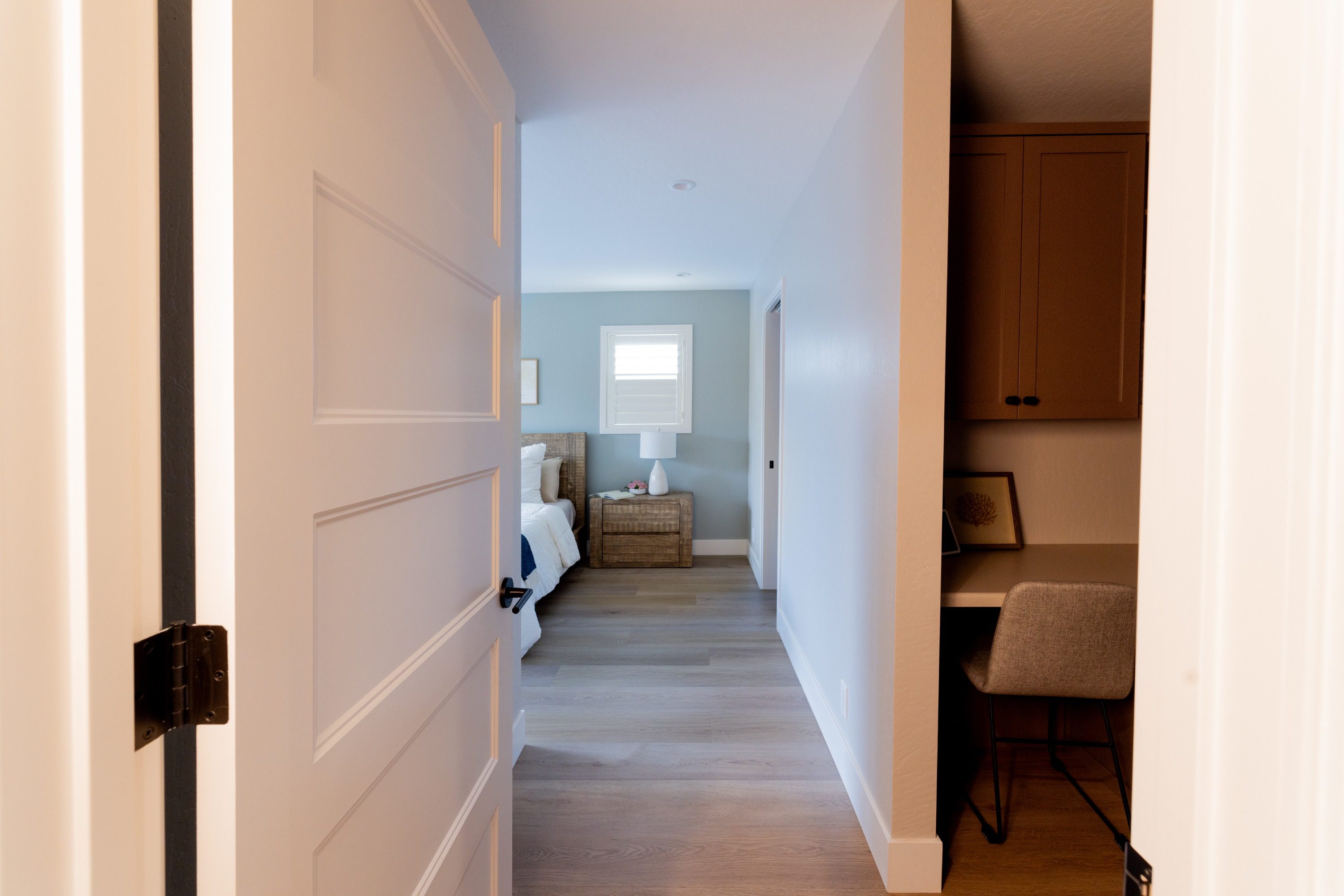
3. Layer the Lighting
Lighting transforms how a space feels — and for a multipurpose dining room, it’s what allows the space to shift effortlessly between “focus mode” and “family time.”
During the day, you want brightness and clarity. Natural light is ideal, so keep window treatments light and airy. Supplement with task lighting — like a nearby floor or desk lamp — for reading or laptop work.
As evening approaches, dimmers become your best friend. A statement chandelier or pendant light creates a focal point and sets the mood for dining, while wall sconces or under-shelf lighting add warmth and depth.
Design tip: If you’re remodeling, plan for layered lighting circuits — overhead ambient light, directional task light, and accent lighting — so you can adjust the ambiance at any time. Smart lighting controls make this even easier with pre-set “scenes” for dining, working, or entertaining.
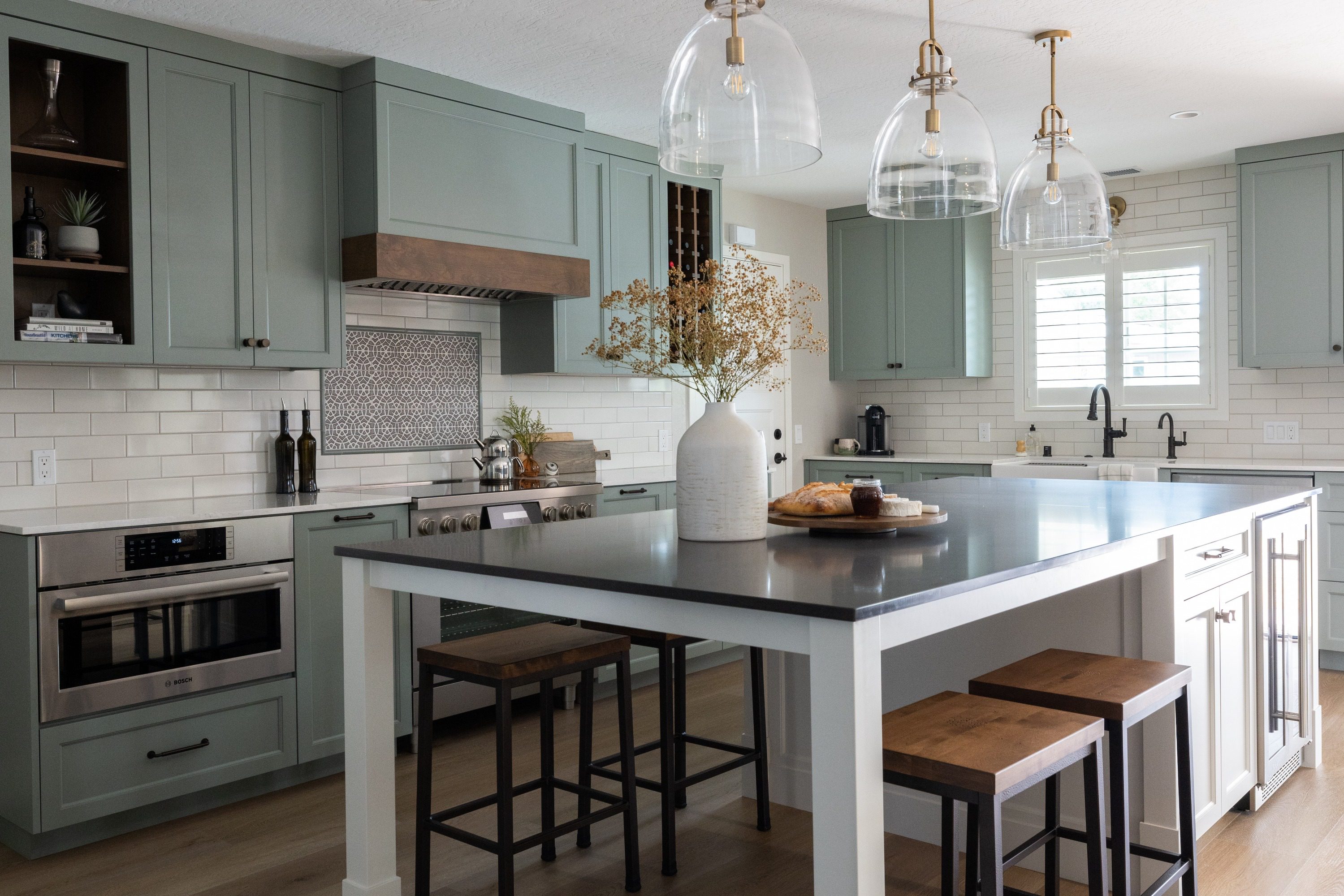
4. Prioritize Smart Storage
A truly multipurpose dining area must look polished and clutter-free — even when it’s used for work or homework during the day. That’s where smart storage solutions shine.
Built-ins are ideal if you’re remodeling. Consider cabinetry or banquette seating with drawers to keep laptops, chargers, and papers out of sight. Floating shelves, sideboards, or credenzas can store office supplies discreetly while providing a surface for décor or serving dishes.
If built-ins aren’t an option, go modular: decorative boxes, woven baskets, and trays can corral small items and add texture to the room. Look for furniture that multitasks — for instance, a sideboard that doubles as a printer cabinet or a bar cart that becomes a mobile workstation.
Design tip: Hide charging stations inside drawers or cabinetry to keep cords and cables from cluttering the tabletop.
5. Add Personality and Comfort
Just because your dining area serves multiple purposes doesn’t mean it has to feel like a utility zone. In fact, personality is what makes a multifunctional space feel warm and lived in.
Start with a cohesive palette that works for both productivity and relaxation. Soft neutrals, muted greens, or warm grays create a calming backdrop that suits both work and dining. Then, layer in texture — through a statement rug, upholstered chairs, curtains, or natural materials like rattan or oak.
Art and lighting add the finishing touches. A large piece of wall art can help define the space, while a sculptural pendant or linear fixture adds dimension overhead. Don’t forget greenery — plants naturally soften multifunctional spaces and improve air quality, making the room feel more balanced and alive.
Design tip: Include at least one tactile element that feels distinctly “home,” such as a woven throw, a ceramic centerpiece, or a collection of framed family photos. These touches keep the space from veering too far into “office” territory.
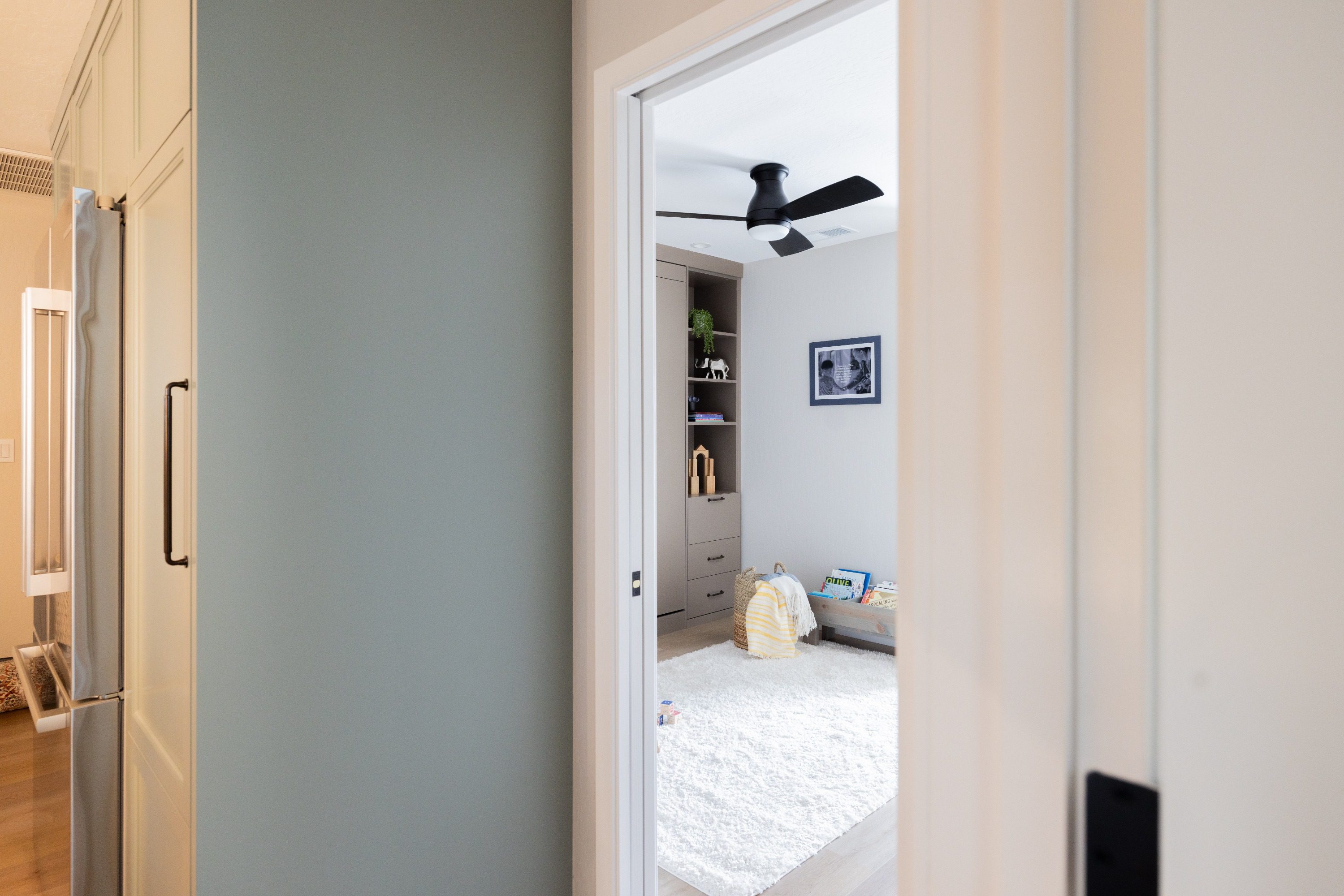
The Takeaway
A well-designed multipurpose dining area combines beauty, function, and flexibility. It’s a space that adapts with your lifestyle — where you can enjoy dinner with family, tackle your to-do list, or help the kids with homework, all in the same stylish environment.
By choosing adaptable furniture, layering lighting, incorporating smart storage, and infusing personality, you can create a space that effortlessly transitions throughout the day. The result: a dining area that doesn’t just meet modern life’s demands — it enhances them.

